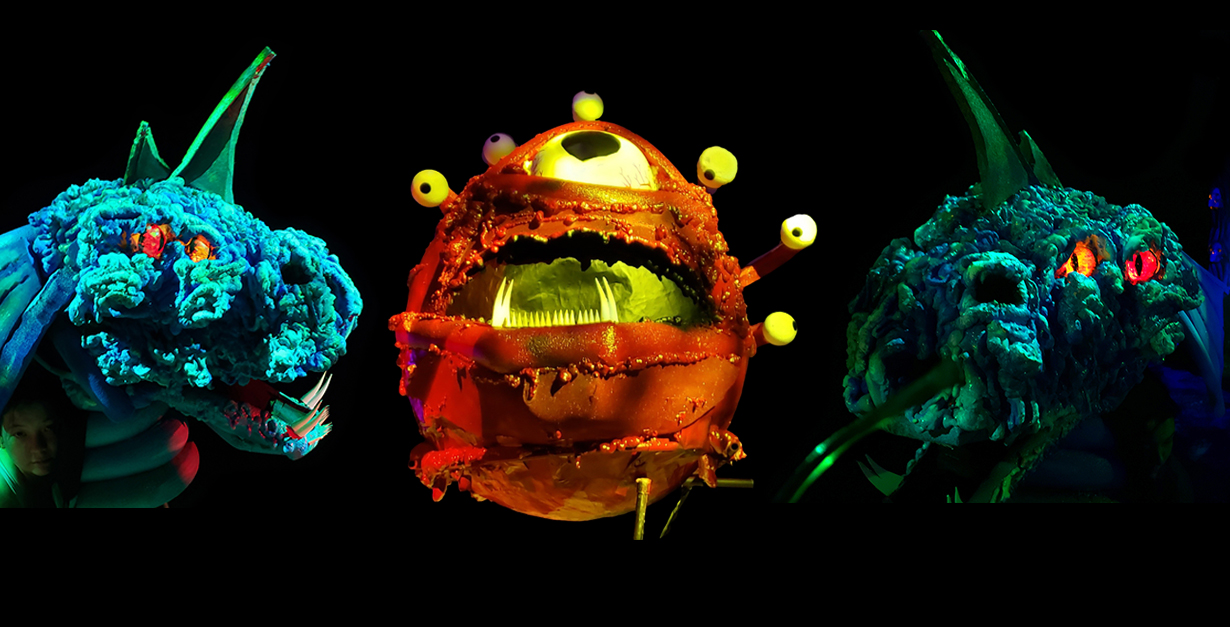Robinson Wilson is a Lighting Designer from Vancouver Island, Canada, and a Theatre Consultant and Designer for Vancouver Island University. A big fan of our Roscolux color filters, we featured Robinson in a previous lighting design blog back in 2019. He reached out again to share how he recently lit a production of She Kills Monsters at VIU. This demanding play featured tons of monsters and puppets, and the director needed the creatures to "appear out of the abyss." Robinson explains below how he achieved the director’s Dungeons and Dragons®-inspired vision for the show using sharp angles and a saturated color scheme that he created using Roscolux gels – specifically the range’s bold Storaro colors.
You don't often get to light dragons, evil elves, swordfights, and demon lords unless you're working on video games. So when the opportunity to light Vancouver Island University's production of She Kills Monsters at Malaspina Theatre came up, this old-school Dungeons and Dragons nerd jumped at it.
The design process, as always, began with research and sourcing specific references to validate and manifest the directorial vision. In this case, Director Leon Potter showed great interest and nostalgia for the 1st and 2nd Editions of Advanced Dungeons and Dragons. These particular early-period RPGs had a very idiosyncratic look and style with a lot of rich and deeply saturated colors to make the gamebooks pop forward on their display shelves. In early discussions with Technical Director and Theatre Dept. Stagecraft Head Robin Boxwell (another D&D fan going back decades), the rich and arresting color palette of Rosco’s Storaro Selection immediately became a foundational element to the vision of the production.
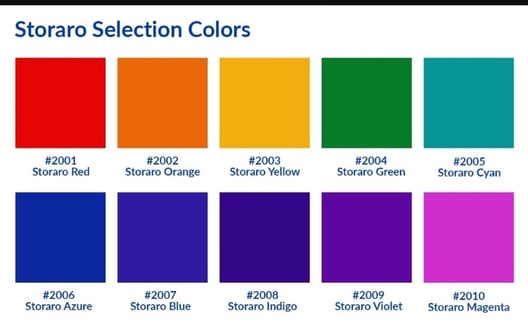
The concept of creatures in the play appearing unexpectedly out of the abyss, or from the protagonist's imagination (it’s quite a surreal, metaphysical, and dark comedy), presented a challenge. Could we create a vastness that represented a dark void from which the craziest of imaginary beasts would spring forth, on a somewhat dimensionally challenged staging area? We decided very quickly that we could. The set design relied heavily on the concept of negative space with set elements that carried the viewers’ eyes "forward," and allowed steep and rich side lighting to push the creatures out from a black curtain only a few feet away.
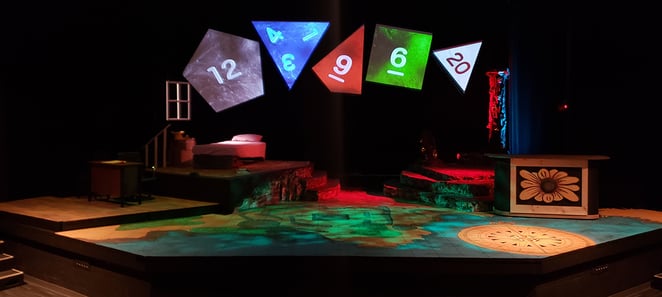
The set, designed by Director and Department Head Leon Potter, employed polyhedron-shaped projection screens that were powerfully responsive to light and color without being simultaneously competitive, as screens can be. Leon is also a director who genuinely appreciates and values the relationship between light to shadow, and he was very encouraging in letting sharp shadows become part of the storytelling visual language.
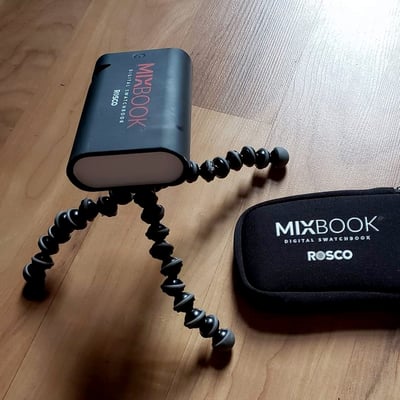
When it came to color choice, Rosco’s MIXBOOK Digital Swatchbook was an integral and totally fun part of the process. It allowed a lot of old-school play and pre-viz as we explored the Storaro, and other saturated Roscolux colors, with a selection of tabletop miniatures. Lighting design and old-school gaming? Come on – how great is that?!
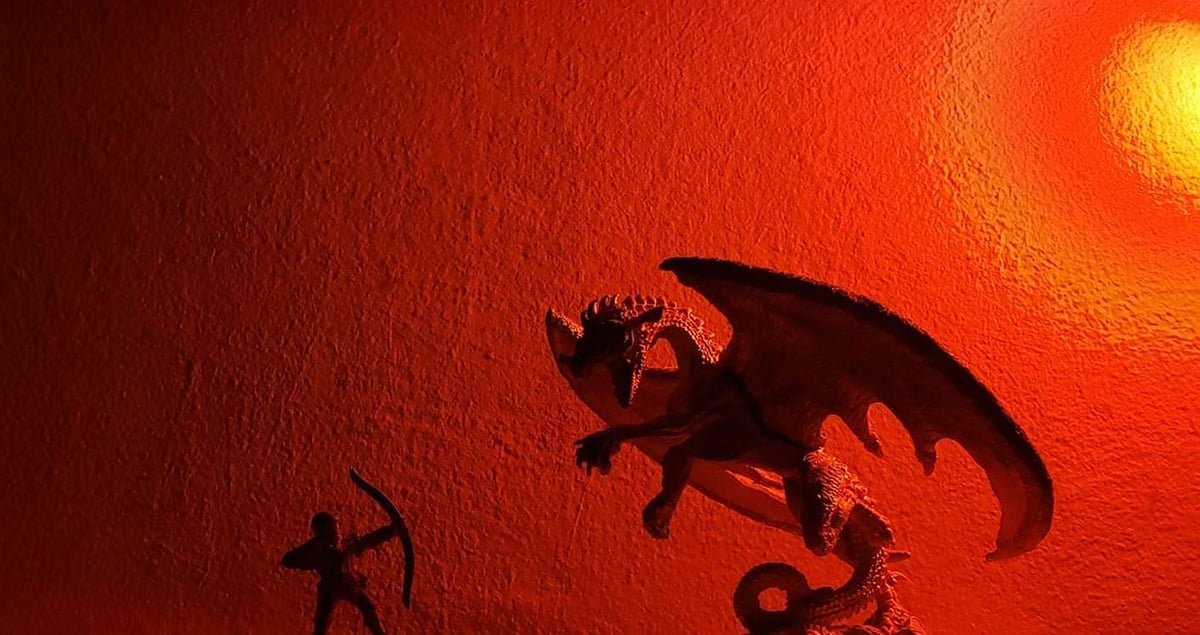
Once we created our Roscolux/Storaro color palettes, we began painting the show’s monsters with their corresponding colors using carefully applied intensities from steeply angled side fixtures.
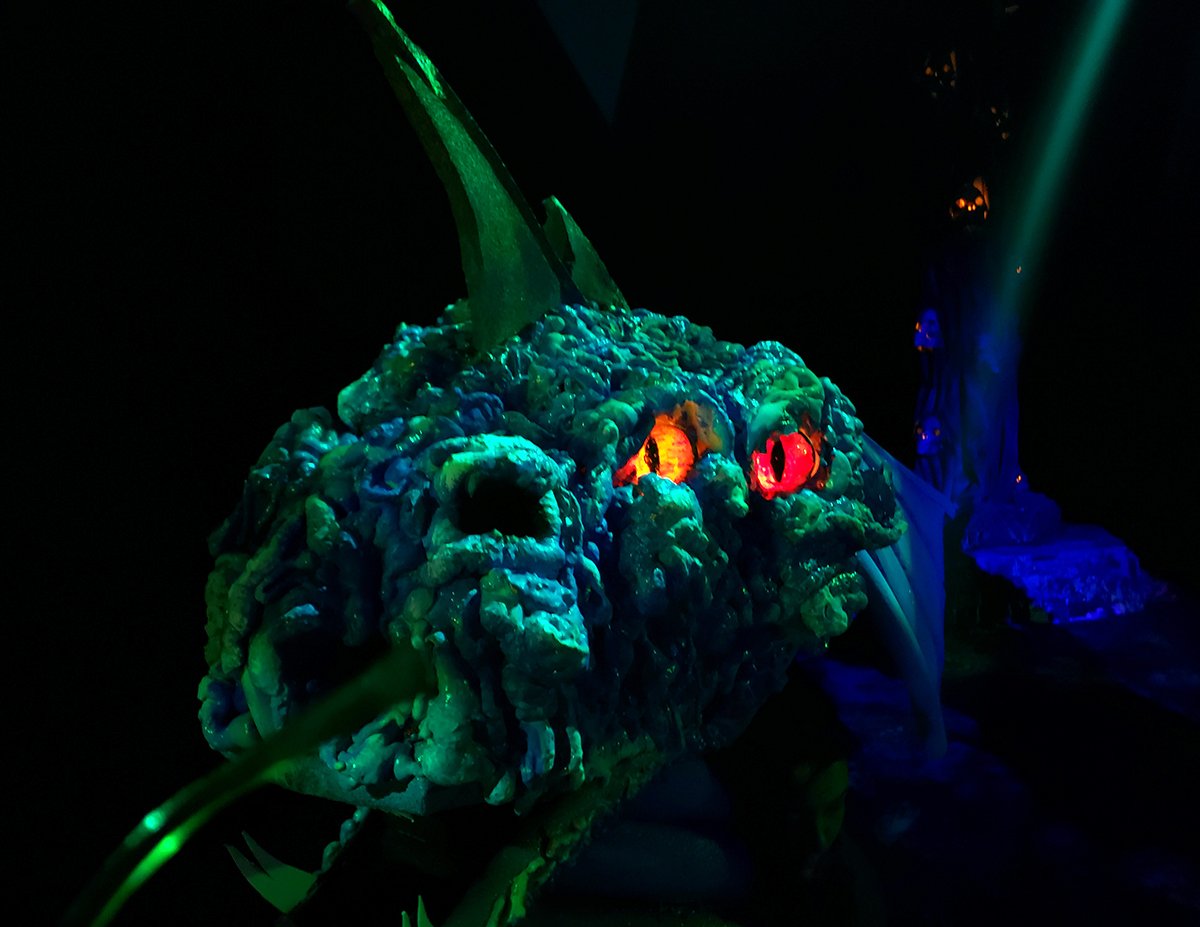
First up, a dragon (one of five, no less) that was created by Student Artist Adrien Kennedy. We colored Adrien’s dragon with a combination of #R2004 Storaro Green, #R2005 Storaro Cyan, #R2008 Storaro Indigo, and #R2009 Storaro Violet. We also used #R382 Congo Blue and #R91 Primary Green to create pickup hints and little spikes of light. The texturing and molding of the creatures proved extremely responsive, and we were very pleased with the results – which were quite fun, even in very low light conditions. The eyes were independent units, and we got lucky that the aggressive colors chosen by the prosthetic artists ended up complementing our color palette.
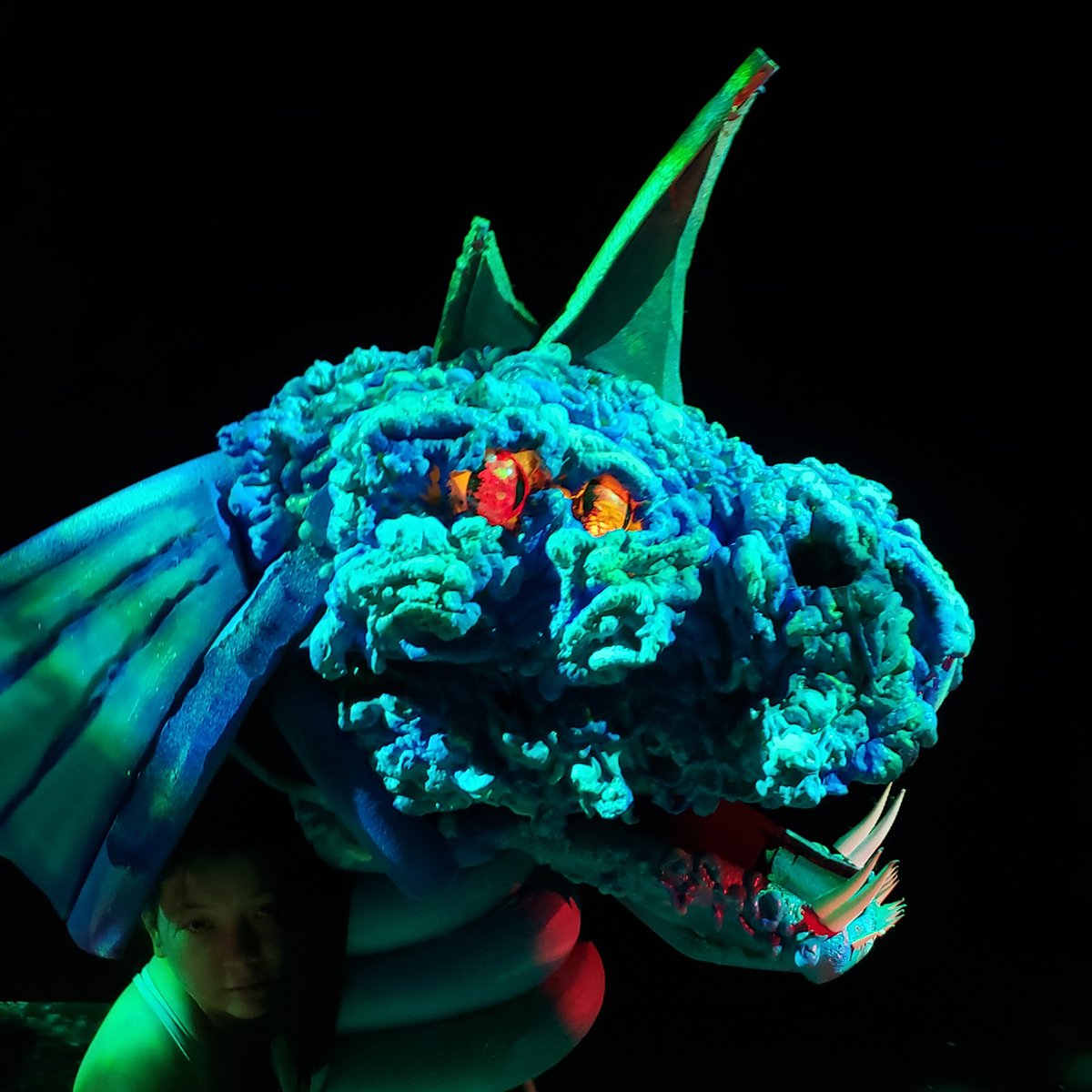
This dragon was colored similarly but with more of an emphasis on the #R2005 Storaro Cyan. It also featured hints of #R2001 – the famous “Apocalypse Now Red” that Cinematographer Vittorio Storaro brought to cinemas. We also employed some tight and narrow shots of #R76 Light Green Blue and #R388 Gaslight Green for this head to move through. Those two colors really gave a great "Dragon Aquarium" feel to these creatures, as seen below.
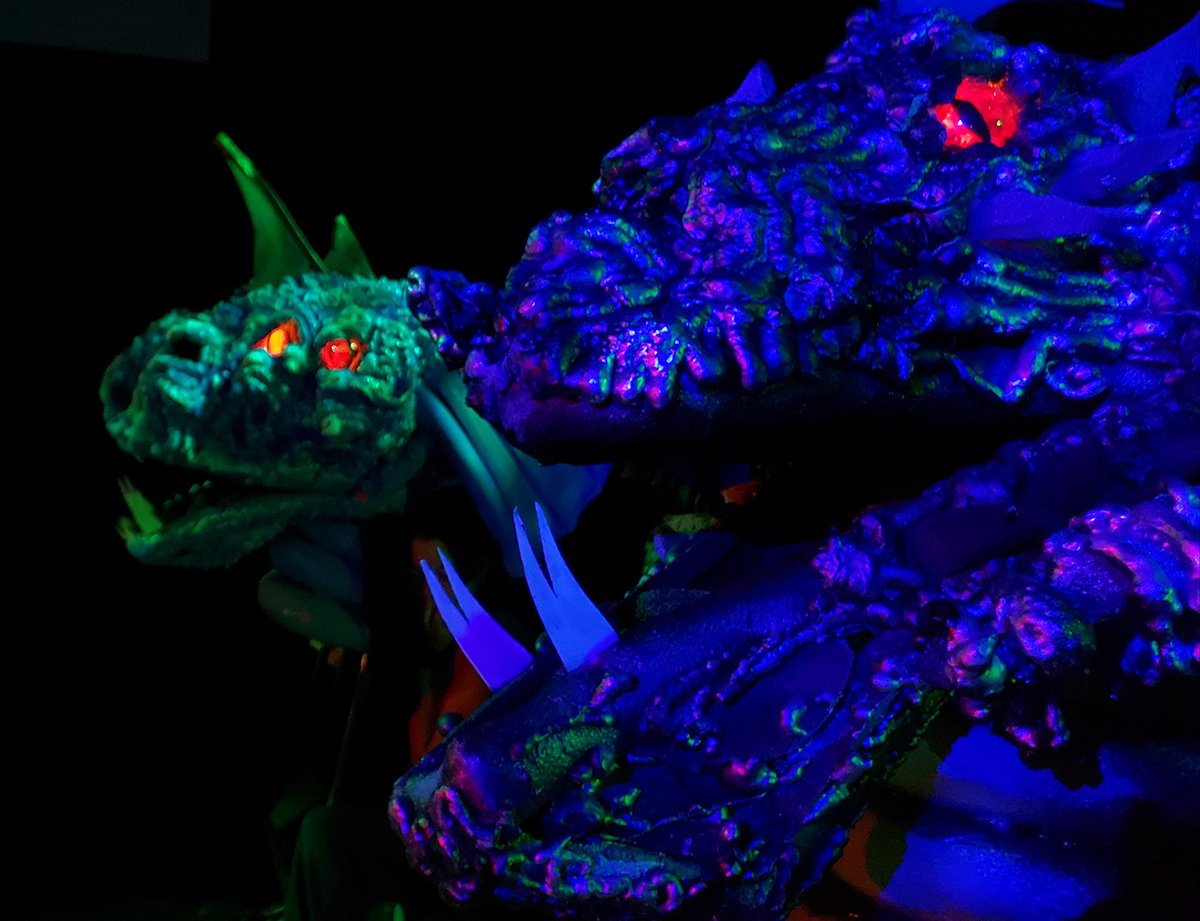
One of the genuinely oddball creatures in the play (and my personal favorite) was the Beholder, or Eye Tyrant. It was only onstage for a couple of minutes, but the setup in the text demands a really spooky and unsettling entrance for the creature.
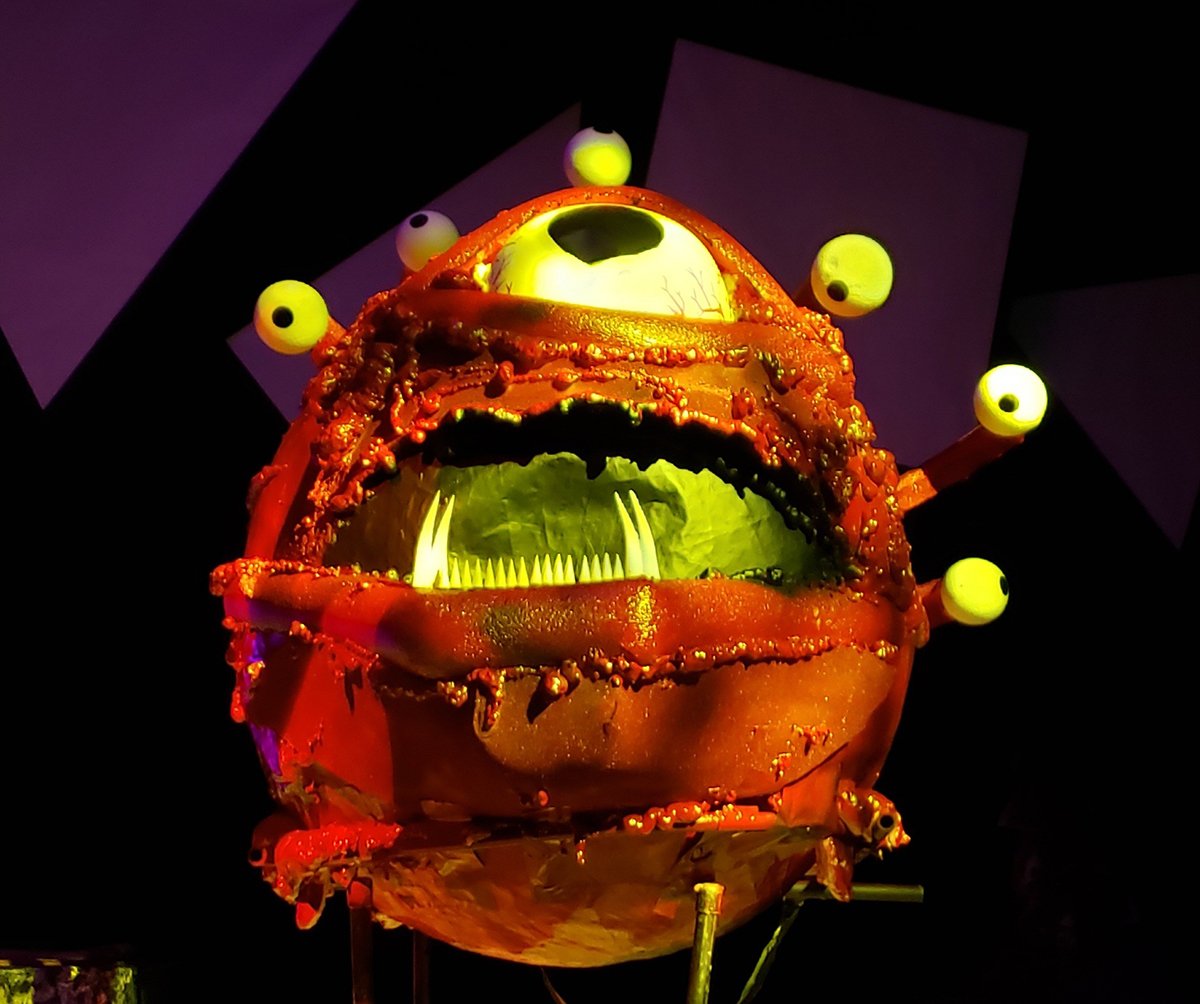
The color palette for the Beholder consisted of #R2001 Storaro Red, #R2003 Storaro Yellow, #R2008 Storaro Indigo, and #R2009 Storaro Violet, as well as Roscolux #R313 Light Relief Yellow, and #R22 Deep Amber. The Beholder also responded well to #R39 Skelton Exotic Sangria, #R358 Rose Indigo, in combination with #R2010 Storaro Magenta and #R2004 Storaro Green. The puppeteer was completely blacked out, and it was a pleasure to see it bob into view to applause and laughter.
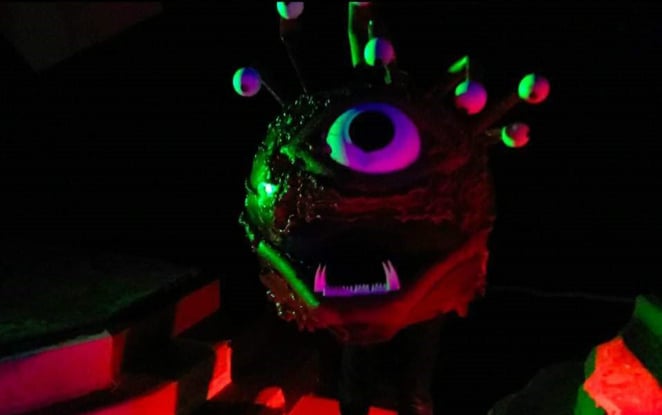
All designers have their favorite colors, and I've been deeply in love with the Storaro line for years. I’ve just been waiting for a production where I could aggressively push the color envelope – and She Kills Monsters was that show. It isn't a play like The Cherry Orchard, or A Doll's House that really needs justification for its lighting choices, so I really appreciated the chance to try some new combinations. Overall, the beautiful richness and saturation of our Roscolux color choices – especially the Storaro filters – were particularly suitable for this production. Finally, I am extremely grateful to Chris Carter, who, as my Assistant Designer, Head LX, and Programmer, helped me bring these killer monsters to life.
Many thanks to Robinson Wilson for sharing his experience lighting She Kills Monsters with our Roscolux filters. If you’d like to keep up with Robinson and his theatrical adventures, you can follow @quietsentinelrw on Instagram. If want to learn more about the colors he used in She Kills Monsters – you can explore the Roscolux Product Page on the Rosco website, or experiment with different colors using a Rosco MIXBOOK® and the free myMIX® app.

